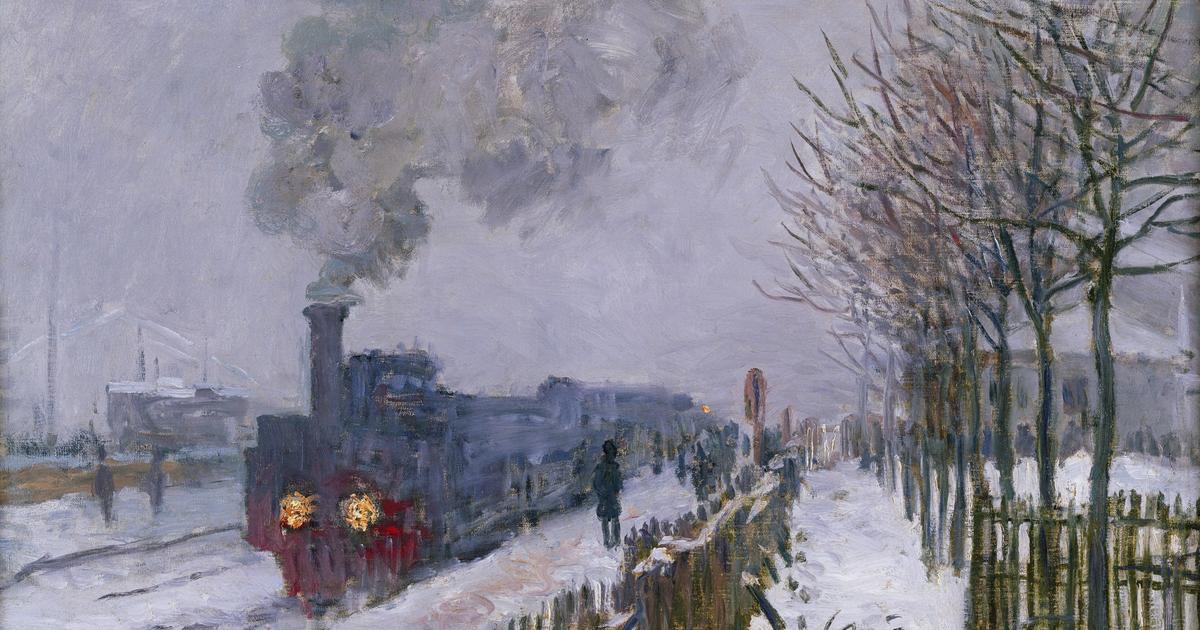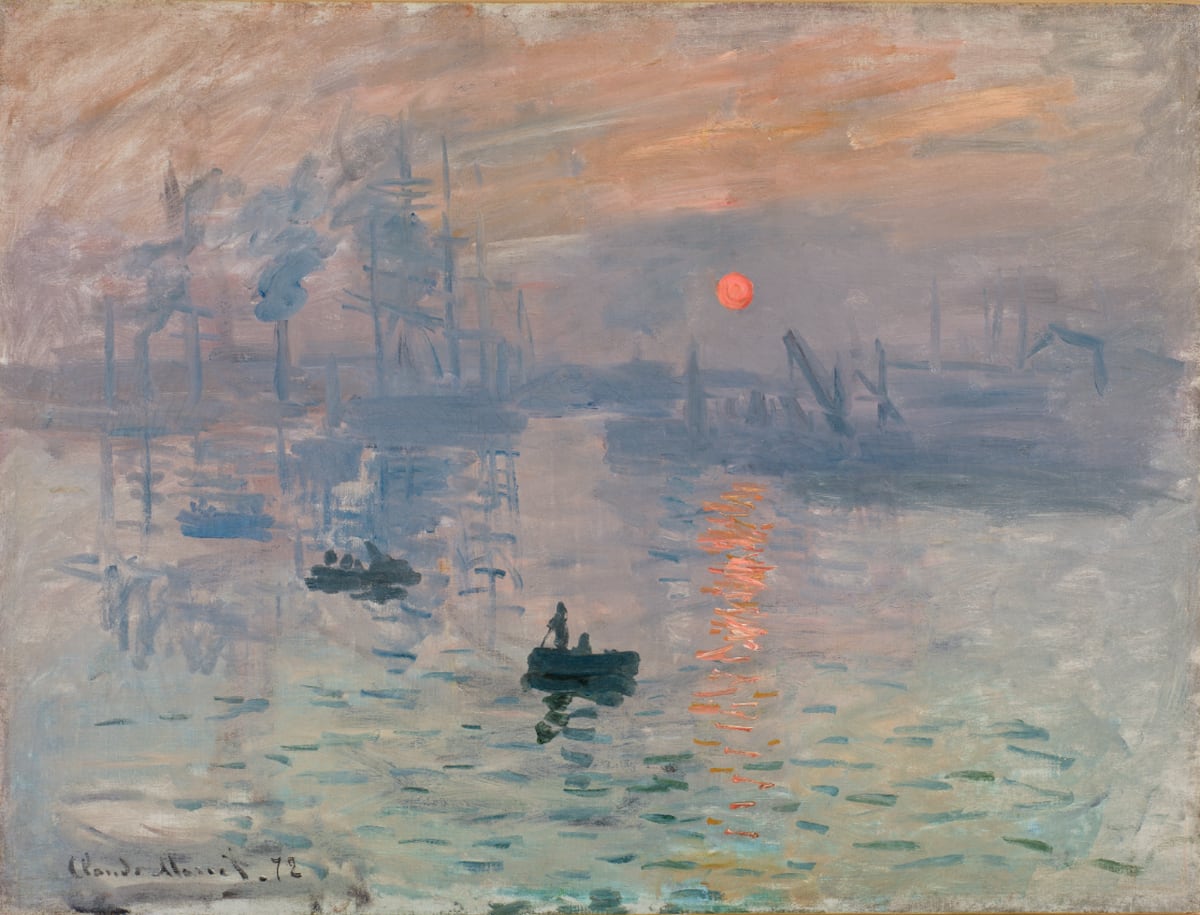The date marked on the calendar was April 4. That day an exhibition, finally postponed by the health crisis, should have opened at the National Gallery in London, dedicated to Artemisia Gentileschi, the 17th century Italian painter. Born in a country marked by antiquity by great figures of painting, who do not overshadow her, she has become from the last third of the 20th century and to this day a media artist, especially by the feminist trend of art history , who has presented her as a victim of men and whose art would emerge, Freudian, as revenge for the violence against her in her adolescence. She is the only female artist of Western culture who has attracted the interest of novelists and filmmakers, and there have been several works that have dealt with her life, rather than her art, trying to find answers to the mystery that the painter continues to embody in the present.
MORE INFORMATION
PHOTO GALLERY The great works of Artemisia Gentileschi
Long after the publication in Italian, in 1947, of the well-known novel by Anna Banti dedicated to the artist - which she simply called Artemisia - Periférica now reissues the work in Spanish, no doubt due to the effect it has on our days the projection of women. I met Banti when I was 22 years old and was a fellow of the first group of young people, three boys and three girls, who, having studied Art History in various European countries and in the United States, wanted to advance our research on Italian art. The Roberto Longhi Foundation, created by the important Italian art historian and husband of the writer, she also an art historian, began her journey after his death, based in Villa il Tasso, on the outskirts of Florence.
One day, when I was studying in the library, Anna Banti, that is Lucia Lopresti, vedova Longhi, called me at her house. She wore black, her face furrowed by infinite wrinkles, her voice serious, serious and with a deep look, inward, but searching, outward, towards me. I was sitting in a lower chair, where she had placed me, and her gaze went up and down, but she did not intimidate me; On a round table, next to it, was a large vase of flowers and above, behind and very close to it, hung on the wall the painting of Young Caravaggio bitten by a lizard, which unexpectedly arises from the flowers of a glass vase. Longhi had been the great modern discoverer of the artist and had one of the most mysterious paintings of that one, from which his beautiful protagonist, like Banti, also looked at me, as if warning me of the danger of sticking my finger in the vase of flowers of its owner. The presence and magnetism of the painting prevent me from remembering the conversation with the writer today. However, it was never clear to me what she wanted from me.
In 1917, a few years before marrying his brilliant student, Longhi had written the first modern article, which modernly rediscovered and valued the artist as a figure of interest in the orbit of the Caravaggists. Artemisia Gentileschi, still a child, had had to meet Caravaggio, a very close friend of her father, Orazio, and we know it because one day that one went to look for large angel wings in his workshop, which he must have used for someone one of his own, and I like to think that it was that of his shameless and tempting adolescent Cupid from Amor vincit omnia, who painted, completely naked, in 1602, when Artemisia was nine years old. In 1606 Caravaggio was leaving Rome after the trial for having killed a man in a street brawl. Perhaps the artist ran his hand through the hair of little Artemisia on her visits to Orazio's workshop, as is done with the children of friends, and the little girl, alive and intelligent, must have been very attentive to what was happening to her. around, as it was the rest of his life.
After the death of her mother when she was 12 years old, Gentileschi organized for her daughter the feminine care of a married neighbor, Tucia, as was the custom then, but, next to her, the adolescent Artemisia had the daily life of the busy one around her. workshop, located in one of the most popular areas of central Rome, whose life in that period has been sharply reflected by Montaigne, in his memories of the journey through Italy, between 1580 and 1581, in which he described the unprecedented violence of executions public, the many beggars, the processions and carnivals, the horse races, the traffic of the powerful in their floats, the constant and aimless stroll of the Romans through the alleys of the city, and the numerous courtesans on the balconies (there are Remember that the great painting by Caravaggio Death of the Virgin for the Vatican, today in the Louvre, was removed from the altar because the model to paint the Virgin was a renowned prostitute). It was the world in which Artemisia lived, in which there were rules of morality governed by the Church, but in which society had slits of freedom through which, as always, passions, deceit, interests and violence ran. Orazio Gentileschi, as a successful painter, directed his children along their own paths, but he did not manage to get the three men, who he trained in his workshop with Artemisia, to reach more than discreet assistants.
Art is not a family privilege, but that “divine spark” that Orazio had did receive it, and by far, Artemisia. At the age of 17, in 1610, the painter already revealed a different personality from that one, a different world in the expression of the "affections of the soul", which were the maximum novelty in seventeenth-century art, and which appears in. Her technical training, at the age of 17, was remarkable, and she had taken brushes since she was a child, since she effectively mastered oil, color and light, and also revealed her mastery of drawing. This was an essential practice to represent a figure, its proportions, its anatomy and movement, as well as the naturalness and beauty of the clothing and its folding, or the perfection, intensity and variations of the physiognomies. On the other hand, it is obvious that Artemisia had copied from life, like any 17th century apprentice. In Italy this was not difficult, as it was in Spain, due to an excessive fear of sin due to having naked models —which were often the young assistants in a workshop, as in Caravaggio's Cupid, surely his servant Cecco— or attend the accademie di nudo, where the artists gathered at night to copy from life under candlelight, which better marked the anatomy of the models.
Artemisia had had that same teaching. You have to imagine her in the father's workshop, but not as a fearful and indecisive teenager, but as a budding artist, mixed with other assistants and disciples and copying like them from life. The beauty of her female nudes and her realism is such that we can imagine her in front of the mirror, studying her own body, in view of that difficult foreshortening Susana from her first painting, or the nude of that neighbor, Tucia, who did not avoid or that, even, it could favor that the gallant and petulant Agostino Tassi, collaborator of Orazio, had easy access to it. It was customary among the artists, the best and with the greatest chance of success, to marry the teacher's daughter, and that situation occurred in the case of the Gentileschi. But Tassi's promises of marriage were a hoax, since he was already married. The father brought to trial Tassi, who had also attempted to steal pictures of the teacher and even murder his own wife, as revealed by the documents of a process that tried not to prove the rape, but that Artemisia was a virgin before her relations with Tassi, who continued after that attack, and thus be able to obtain reparation for his honor. When it was demonstrated, her assailant was sentenced to exile, who never did it.
Orazio immediately married Artemisia to a secondary assistant to the workshop, the Florentine Pierantonio Stiattesi, who had testified in favor of Tassi at the trial, and they both left for Florence. Those false starts of the young woman's life did not later echo her reputation, perhaps because that was frequent and the subject was closed with the marriage, but it had to be, above all, for the evident quality of her art, original in the rich Italian panorama, and by its own personality. She was strong in character and determined, attractive, intelligent, and resourceful. She was recognized as a beautiful voice in singing and perhaps played the lute, as represented in her self-portrait as Saint Cecilia, and was immediately welcomed by the best artists in the city, such as Cristofano Allori, while Michelangelo Buonarroti, nephew of Miguel Ángel and admirer of the painter, commissioned one of the frescoes from the house that he organized in memory of his uncle. She was also the first woman accepted in the prestigious Accademia del Disegno, and her employers included no less than the Medici, for whom she painted the subject, with which she had great success, of Judith and Holofernes.
Artemisia had become friends in Florence with Galileo Galilei, whom he continued to write years later from Naples, while the poets wrote verses in his honor. It was in that city that Artemisia fell in love, perhaps for the first time, with a young 20-year-old patrician, Francesco Maria Maringhi, who has only known for a few years when he was located in Florence, in the Frescobaldi archive, the letters of the painter addressed to her lover. Her loves were known to her husband, who benefited from his financial support, although that relationship determined that they went to Rome in 1621 and that Artemisia began a free life, separated from her husband. A fearless traveler in the difficult world of the 17th century, she looked for the best centers for her art, such as Venice, where she belonged to the Accademia dei Deseosi, and perhaps spent time in Genoa, where her father lived then, while from 1630 she resided , with her two living daughters, of the five she had had, in the rich and important Naples, an artistic center where this skillful entrepreneur founded a workshop that competed with the best artists in the city, such as Ribera or Stanzione, and with commissions from patrons of importance. Among others, the viceroy of Spain, who had three of his works and commissioned for Philip IV the Birth of Saint John the Baptist . The painting hangs, for a few days, in the Prado Museum, which has included it in his new exhibition tour, Reunion, until September 13.
There are issues in which Artemisia was much better than the painters of her time. For example, when it comes to representing women. Despite the perfection of the artists of the 17th century in the nudes of their Venus and Dianas - among which are Italians, such as Carracci, Reni, Guercino and Sacchi, or foreigners, such as Rubens, Velázquez or Rembrandt -, the Artemisia's nudes not only capture with a veracity not reached by men the woman's body and her emotions, as if she with her brush removed the veil of chastity that covers all the goddesses painted by them. That ability of the painter - in her Lucrecias, sleeping Venus, Cleopatras and Cupcakes, and even in the strong woman par excellence, Judith - was admired and sought by her patrons, who repeatedly commissioned those compositions that allowed women to be seen not as protagonists timorous, but as strong beings, aware of their beauty, with the same energy as their peers and who enjoyed love without reservation.
Artemisia was treated at the time with respect, admiration and equality, like another artist, a painter to whom she paid more for her works than a man, as Michelangelo's nephew did for the painting that he had commissioned, Allegory of the inclination, whose nude, as on other occasions, was later "dressed" with the cloths that cover his body. Also due to the unique intensity of chiaroscuro, with lighting achieved only in the cinema, more mysterious even than that of its creator, Caravaggio. Artemisia stands out for her capture of blood, which she has seen live, and which she portrays with symbolic force. Holofernes's throat, cruelly severed by Judith, lets it out in abundance, red, dark, gushing, splashing and staining the white sheets of her bed. There is only in that century a blood like that, in a very different composition, the famous Christ on the cross by Velázquez, painted just in 1631, shortly after returning from Italy, in January of that year. And if it is true that the artist could not see the version of Judith and Holofernes, painted by Artemisia in Florence for the Medici, since the Spanish did not stop there during his first trip to Italy, he did visit Naples on his return, where the second version of that theme was already preserved. The parallelism between Artemisia's blood and that of Velázquez is surprising. Perhaps the painter learned live, as only artists do, something of Artemisia's excellence: the color and texture of that red.
The artist is certainly in the current times and not only because she is an icon of feminism, but because she died, possibly, according to the latest hypotheses, in the terrible plague epidemic that struck Naples in 1656. More than half of the population disappeared and Among the victims were some of the most important artists in the city, such as Bernardo Cavallino or Stanzione, a friend and collaborator of Artemisia. However, there is no news of her, although according to a document from 1654 she was still alive that year. Her name does not appear among the artists killed in the epidemic and perhaps she should be searched among the more than 40,000 capuzelle (skulls) that lie in the Neapolitan cemetery of Fontanella. An inscription on the Neapolitan church of San Giovanni dei Fiorentini, destroyed in the Second World War, perhaps indicated the location of his tomb: Heic Artemisia ("Here Artemisia"), even though late-century news reported it XVIII, surely imagined.
Readings
Artemisia . Anna Banti. Translation by Carmen Romero. Peripheral, 2020. 224 pages. 17.50 euros.
Artemisia . Letizia Treves (ed.). National Gallery / Yale University Press, 2020. 256 pages. 52 euros.
Letters preceded by the proceedings of the statutory rape . Artemisia Gentileschi. Eva Menzio edition. Cuadernos Arte Cátedra, 2016. 280 pages. 17.05 euros.









